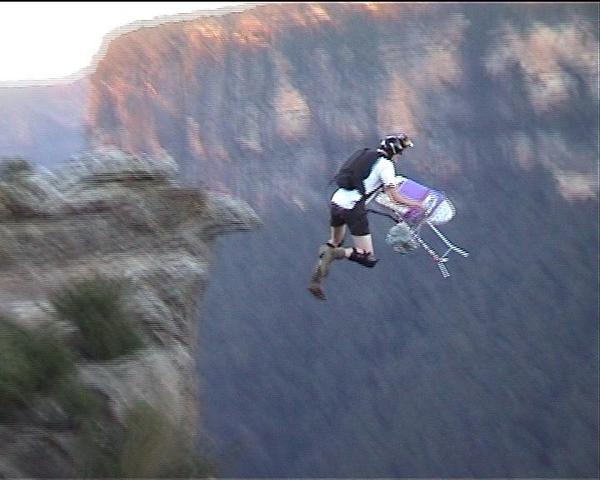I use knifehands/hammerfists/forearm strikes sometimes, but against an opponent using a good boxing or Muay Thai structure I find there are fewer opportunities to land them.
I don't use open pam strikes so much because I have congenital deformities in both hands which make it anatomically impossible for me to keep all my fingers together with my hand all the way open. That means my fingers would be at extra risk of getting messed up if I don't place my open hand strike perfectly.
I actually prefer forearm strikes to knife hands, but they use a slightly different vector of force and have different openings, so one isn't really a substitute for the other.
I don't use open pam strikes so much because I have congenital deformities in both hands which make it anatomically impossible for me to keep all my fingers together with my hand all the way open. That means my fingers would be at extra risk of getting messed up if I don't place my open hand strike perfectly.
I actually prefer forearm strikes to knife hands, but they use a slightly different vector of force and have different openings, so one isn't really a substitute for the other.


